Science Fair Projects for
Elementary Schools
Step by Step
Patricia Hachten Wee

Please note: Copying of worksheets for classroom use is permitted. No more than one set of worksheets (40 copies maximum) may be made at one time. Any copying or reproduction of all or part of this book is strictly prohibited.
SCARECROW PRESS, INC.
Published in the United States of America
by Scarecrow Press, Inc.
A wholly owned subsidiary of The Rowman & Littlefield Publishing Group, Inc.
4501 Forbes Boulevard, Suite 200, Lanham, Maryland 20706
www.scarecrowpress.com
PO Box 317
Oxford
OX2 9RU, UK
Copyright 1998 by Patricia Hachten Wee
All rights reserved. No part of this publication may be reproduced, stored in a retrieval system, or transmitted in any form or by any means, electronic, mechanical, photocopying, recording, or otherwise, without the prior permission of the publisher.
British Library Cataloguing in Publication Information Available
Library of Congress Cataloging-in-Publication Data
Wee, Patricia Hachten, 1948
Science fair projects for elementary schools : step by step / Patricia Hachten Wee.
p. cm.
Includes bibliographical references and index.
ISBN 0-8108-3543-6 (alk. paper)
1. Science projects--Handbooks, manuals, etc. 2. Science--Exhibitions--Handbooks, manuals, etc. I. Title.
Q182.3.W44 1998
507.8--dc21
98-30432
CIP
 The paper used in this publication meets the minimum requirements of American National Standard for Information SciencesPermanence of Paper for Printed Library Materials, ANSI Z39.481984.
The paper used in this publication meets the minimum requirements of American National Standard for Information SciencesPermanence of Paper for Printed Library Materials, ANSI Z39.481984.
Manufactured in the United States of America.
for my husband, Robert,
my son, Adam,
and my grandchildren, Michael and Erin
Contents
Acknowledgments
Many thanks to the media center staff, Deb, Candy, Chris, and Peggy, and computer wizard, Dave Cherry. I wish to express very special gratitude to Karen Leonhard for her steadfast support and constant help. As always, I could never have completed this book without my dear husbands never-failing encouragement.
PART 1
HOW TO USE THIS BOOK
CHAPTER 1
The Importance of Science Fair Projects
One of the greatest joys of science is discovery. When we give children a chance to discover something on their own, we provide not only an exciting scientific experience but also a real life experience.
Completing a science fair project allows the child to actually be a scientist. While we regularly afford children an abundance of opportunities to relish the natural world and to sample science, we rarely give them the chance to experience sciencewith its requirements of hard work, tenacity, and creativity.
Working through a science fair project to its completion provides a child with life skills that will extend beyond the science classroom and beyond school itself. Science for All Americans, the landmark collaboration of several hundred scientists, mathematicians, engineers, physicians, philosophers, historians, and educators, encourages us to emphasize the exploration of questions... and critical thought
Benchmarks for Science Literacy, the companion report to Science for All Americans, utilizes the comprehensive research of professional scientists and educators to describe a common core of learning that contributes to the science literacy of all students. It specifies how students should progress toward science literacy and recommends what students should know and be able to do by the time they reach certain grade levels. Among the recommendations or benchmarks given are:
By the end of second grade, students should
raise questions about the world around them and be willing to seek answers to some of them by making careful observations and trying things out.
know that when a science investigation is done the way it was done before, we expect to get a very similar result.
realize that science investigations generally work out the same way in different places.
understand that people can often learn about things around them just by observing those things carefully, but sometimes they can learn more by doing something to the things and noting what happens.
be familiar with tools such as thermometers, magnifiers, rulers, or balances, which can often give more information about things than can be obtained by just observing without their help.
be able to describe things as accurately as possible because it enables people to compare their observations with those of others.
know that simple graphs can help to tell about observations.
By the end of fifth grade, students should
keep records of their investigations and observations and not change records later.
offer reasons for their findings and consider reasons suggested by others.
understand that scientific investigations may take many different forms, including observing, collecting specimens for analysis, and doing experiments.
realize that the results of scientific investigations are seldom exactly the same; but if the differences are large, it is important to try to figure out why. One reason for following directions carefully and for keeping records is to provide information on what might have caused the differences.
know that mathematical ideas can be represented concretely, graphically, and symbolically.
write instructions that others can follow in carrying out a procedure.
Completing a science fair project provides the child with ample opportunities to achieve these benchmarks. Science fair project work stimulates critical thinking and builds problem-solving skills, teaches the child to seek answers and to make qualitative observations, and fosters logical reasoning.
While the use of the scientific method is essential to any research in science, there is no reason to concentrate on the terminology. A well-organized science fair project is the scientific method. Most children are naturally excited by science. As educators, librarians, and parents, we can foster this attitude by encouraging children to become involved in science fair project work.
We would be ignoring reality, however, if we failed to recognize that some children have experienced frustration and failure in attempting to complete a science fair project. Feelings of disappointment are exactly what this book is designed to prevent by providing:
1. a structured format for the project,
2. well-organized sample projects,
3. ready-made projects in many fields, and
4. a variety of project ideas suitable for students in grades 2 through 5, a list of childrens books related to projects and science topics, and an annotated bibliography of additional sources.
Children frequently become confused when trying to organize an entire project. They can omit important steps, make huge leaps from one point to another, and be left without adequate time to complete tasks. The structure of this book and the childs friendly companion throughout, THE CURIOSITY BUG, will overcome these problems. explains how librarians, teachers, and parents should use The Students Science Fair Project Handbook to the best advantage.
Having CURIOSITY BUGS complete science fair project shown throughout the students section provides a comforting template for the child to follow. Many resource books give only sketchy outlines of real projects; few, if any, provide a sample project taken from the beginning to the completion. CURIOSITY BUG starts just where the student will have to begin, with the selection of an idea, and progresses through all the steps with the child. Every step is explained and shown by CURIOSITY BUG. When the child is asked to make a data table, for example, CURIOSITY BUG explains what a data table is, shows exactly how to make a data table, and shares


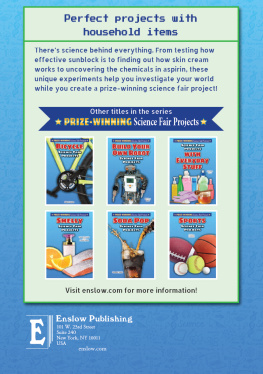
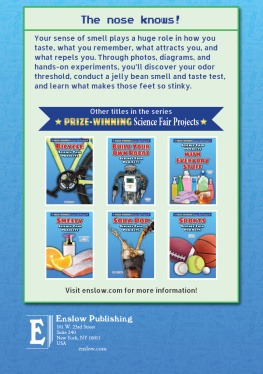
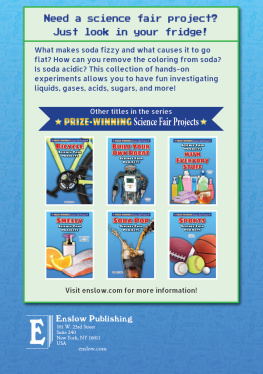
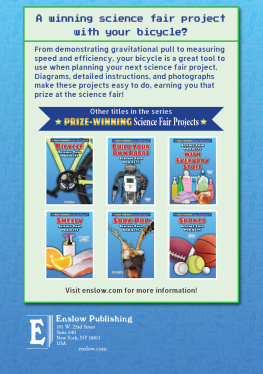
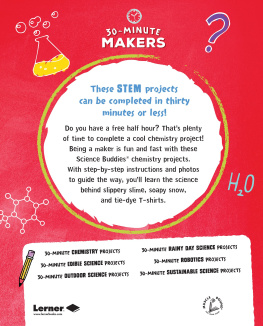
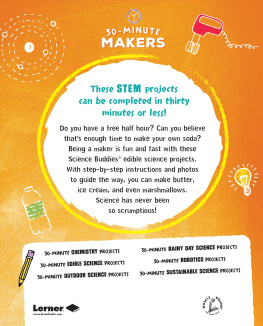

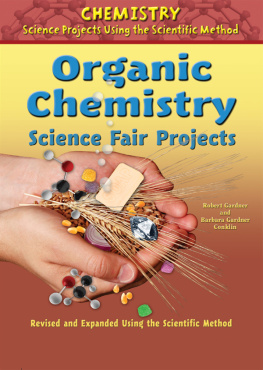
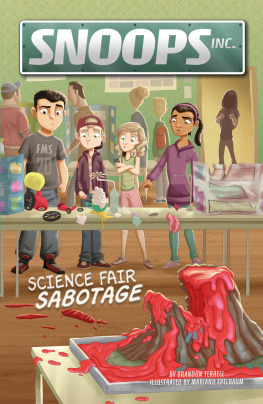
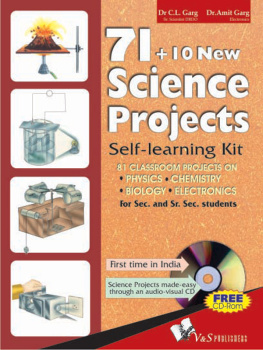
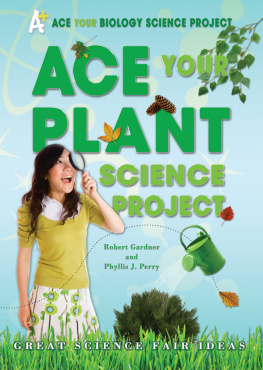

 The paper used in this publication meets the minimum requirements of American National Standard for Information SciencesPermanence of Paper for Printed Library Materials, ANSI Z39.481984.
The paper used in this publication meets the minimum requirements of American National Standard for Information SciencesPermanence of Paper for Printed Library Materials, ANSI Z39.481984.